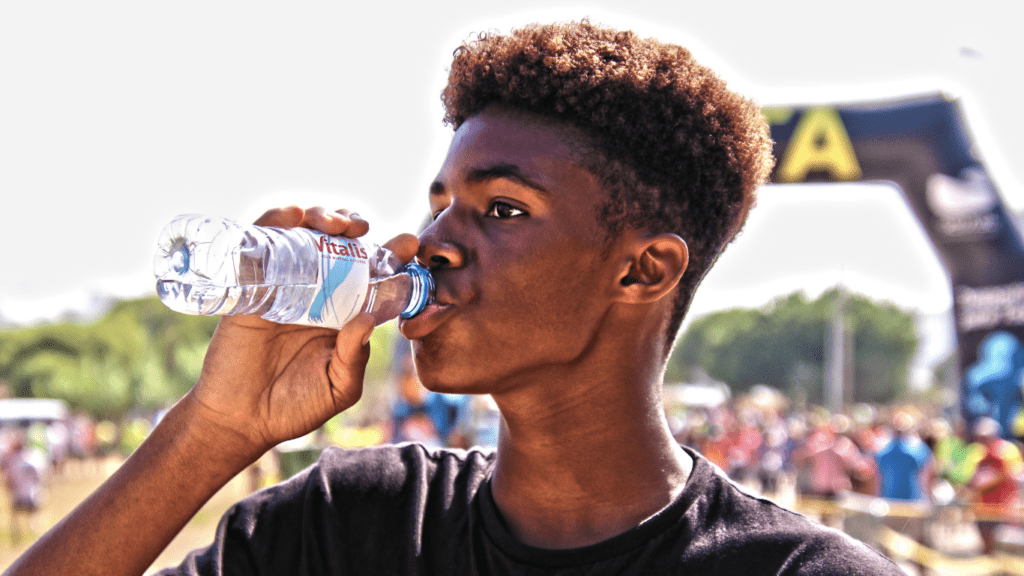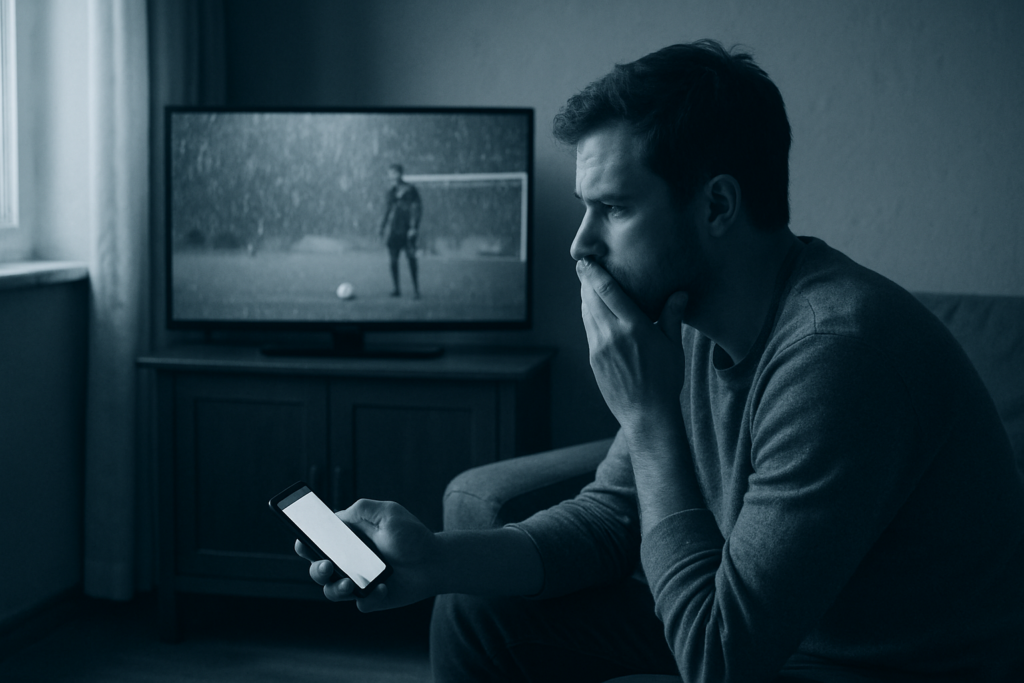As a seasoned athlete or a passionate football enthusiast, injuries are an inevitable part of the game. In this article, I’ll guide you through recognizing and treating common football injuries to help you get back on the field faster and stronger. From sprains to fractures, knowing the signs and appropriate first aid measures can make a significant difference in your recovery process.
Understanding the nature of common football injuries is crucial for players, coaches, and even spectators. By being able to identify these injuries early on, you can prevent further damage and expedite the healing process. Whether it’s a strained muscle or a concussion, prompt and proper treatment is key to ensuring a successful return to play. Stay tuned as I delve into the specifics of recognizing and managing these common football injuries effectively.
Understanding Football Injuries
Football injuries are inevitable, but early recognition and appropriate treatment are crucial for a speedy recovery. Identifying common types of football injuries and understanding the associated risk factors can help prevent them before they occur. Here’s a breakdown of what you need to know:
Common Types of Football Injuries
In football, injuries come in various forms, with some being more prevalent than others. Here are some common types of football injuries to be aware of:
- Sprains: These occur when ligaments are stretched beyond their limits, often during sudden movements or impacts.
- Strains: Muscle strains result from overstretching or tearing of muscle fibers, usually caused by rapid acceleration or deceleration.
- Fractures: Fractures are breaks in bones and can occur due to impacts, collisions, or falls during gameplay.
- Concussions: Head injuries like concussions are common in football and can have serious consequences if not managed promptly.
Understanding the nature of these injuries can aid in their timely recognition and appropriate management to prevent long-term repercussions.
Risk Factors and Prevention Strategies
Certain factors increase the likelihood of sustaining football injuries. By recognizing these risk factors and implementing preventive measures, players can reduce their vulnerability to injuries. Some common risk factors include:
- Overtraining: Excessive physical exertion without adequate rest increases the risk of muscle strains and fatigue-related injuries.
- Poor Warm-up Routine: Inadequate warm-up before engaging in intense physical activity can lead to muscle sprains and strains.
- Improper Gear: Ill-fitting or worn-out equipment can contribute to injuries and diminish player safety during play.
- Playing Surface: Uneven or slippery playing surfaces increase the risk of falls and fractures during gameplay.
To mitigate these risks, players should adhere to proper training techniques, maintain conditioning, wear appropriate protective gear, and ensure the playing environment is safe and conducive to injury prevention.
Recognizing Football Injuries

Recognizing football injuries is crucial for prompt treatment and effective recovery. By understanding the signs and symptoms of various injuries, players can take appropriate action to prevent further damage.
Signs and Symptoms of Minor Injuries
When it comes to minor football injuries, players may experience symptoms like mild pain, swelling, or tenderness in the affected area. These injuries are often manageable with rest, ice, compression, and elevation (RICE therapy). It’s essential to pay attention to any discomfort and address it promptly to avoid worsening the condition.
Identifying Serious Football Injuries
Serious football injuries require immediate attention to prevent complications. Symptoms of severe injuries include intense pain, inability to bear weight on the injured limb, visible deformity, or loss of consciousness. In such cases, seeking medical help without delay is crucial to ensure proper diagnosis and treatment.
Initial Treatment for Football Injuries
When a football injury occurs, quick and appropriate first aid can make a significant difference in the recovery process. Here are some essential steps to take for initial treatment:
First Aid Measures for Immediate Care
- Rest: It’s crucial to stop any activity immediately to prevent further damage.
- Ice: Applying ice to the injured area helps reduce swelling and pain. Remember to use a cloth to protect the skin and limit ice application to 15-20 minutes at a time.
- Compression: Wrapping the injured area with an elastic bandage provides support and helps control swelling.
- Elevation: Keeping the injured area elevated above heart level can also reduce swelling.
When to Seek Professional Help
Knowing when to seek professional medical help is essential for proper care of football injuries. Consider the following signs that indicate the need for immediate medical attention:
- Severe pain that is persistent.
- Inability to bear weight or use the injured limb.
- Visible deformity or swelling that is excessive.
- Loss of consciousness or persistent dizziness.
- Numbness or tingling in the injured area.
By understanding these initial treatment steps and recognizing when professional help is necessary, players can effectively manage football injuries and promote a quicker and safer recovery process.
Rehabilitation and Recovery
In this section, I’ll delve into the essential aspects of rehabilitation and recovery after sustaining a football injury, focusing on physical therapy, exercises, recovery timelines, and monitoring progress to ensure a successful return to play.
Physical Therapy and Rehabilitation Exercises
Engaging in physical therapy and specific rehabilitation exercises is crucial for individuals recovering from football injuries. These programs are designed to improve strength, flexibility, and range of motion in the injured area, aiding in the restoration of function and reducing the risk of re-injury.
Key Points:
- Physical therapists create personalized plans tailored to the type and severity of the injury.
- Exercises often include stretching, strengthening, balance, and coordination exercises.
- Progress is monitored closely to adjust the regimen based on the individual’s response.
Recovery Timelines and Monitoring Progress
Understanding the expected recovery timelines and effectively monitoring progress are paramount during the rehabilitation phase. It’s essential to set realistic goals, track improvements, and communicate effectively with healthcare providers to ensure a safe and efficient recovery process.
- Recovery timelines vary depending on the injury type and individual healing capacity.
- Regular follow-up appointments with healthcare professionals help assess progress and adjust treatment plans.
- Monitoring physical and functional improvements helps gauge readiness for a gradual return to football activities.

 Chris Franconso is a distinguished contributor at Awesome Football Network, where he plays a pivotal role in delivering high-quality football content. With a deep-seated passion for the sport and extensive knowledge, Chris provides readers with thorough match previews, insightful tactical analyses, and detailed player assessments. His writing is marked by its clarity and depth, offering a comprehensive understanding of the game that caters to both casual fans and dedicated professionals.
Chris’s expertise extends beyond just reporting; he brings a nuanced perspective to football journalism that enhances the reader's experience. His commitment to presenting accurate and engaging content helps Awesome Football Network maintain its reputation as a leading source for football news and analysis. Through his work, Chris contributes to the platform’s mission of enriching the football community with relevant and timely information.
Chris Franconso is a distinguished contributor at Awesome Football Network, where he plays a pivotal role in delivering high-quality football content. With a deep-seated passion for the sport and extensive knowledge, Chris provides readers with thorough match previews, insightful tactical analyses, and detailed player assessments. His writing is marked by its clarity and depth, offering a comprehensive understanding of the game that caters to both casual fans and dedicated professionals.
Chris’s expertise extends beyond just reporting; he brings a nuanced perspective to football journalism that enhances the reader's experience. His commitment to presenting accurate and engaging content helps Awesome Football Network maintain its reputation as a leading source for football news and analysis. Through his work, Chris contributes to the platform’s mission of enriching the football community with relevant and timely information.
